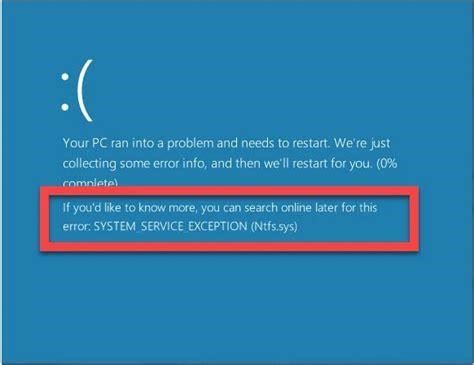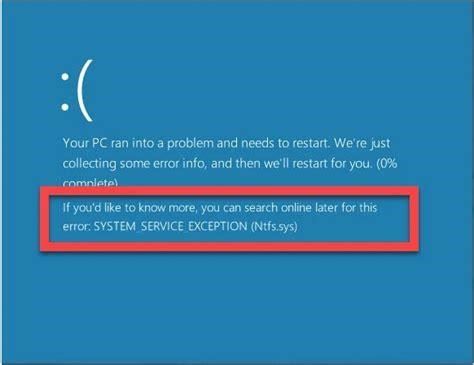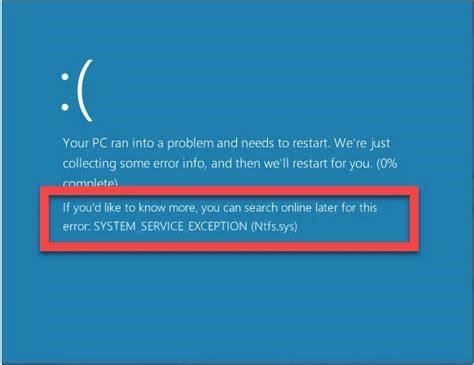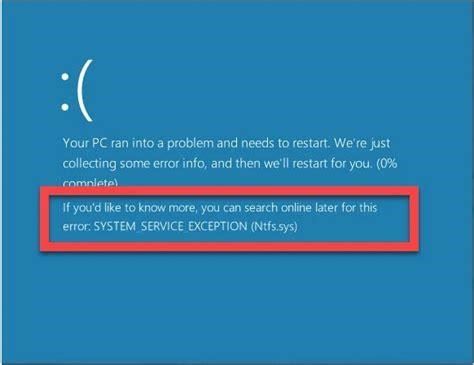Troubleshooting and Fixing the “Windows Cannot Find ‘–noAMD'” Error
As Windows users, we’ve all encountered our fair share of frustrating error messages. One that can leave us scratching our heads is the cryptic "Windows Cannot Find ‘–noAMD’" prompt. When this error pops up on start up, it prevents Windows from booting normally.
In this guide, we’ll walk through what causes this error, how to troubleshoot it, and the steps to permanently fix it. With the right approach, you can get your PC running smoothly again in no time.
What Triggers the “–noAMD” Error Message
The "–noAMD" error indicates that a key AMD driver is missing or corrupted on your system. Specifically, it refers to a command line argument that Windows uses to launch without the default AMD driver.
Some common culprits that lead to this error include:
- Corrupt or outdated AMD display drivers
- Issues with AMD chipset drivers
- Incomplete AMD driver installation
- Booting into Safe Mode, which disables some drivers
- Driver conflicts with other hardware or software
If Windows cannot launch using the "–noAMD" parameter as expected, it will spit out this error early in the boot process.
How to Troubleshoot the “–noAMD” Error
When faced with the "Windows Cannot Find ‘–noAMD’" message, the first step is to enter Windows Safe Mode. This loads a minimal set of drivers and can help determine if third-party software is causing a conflict.
Here’s how to access Safe Mode:
-
Restart your PC and press the F8 key repeatedly until the Advanced Boot Options menu appears.
-
Select "Safe Mode" using the arrow keys and press Enter.
Once in Safe Mode, check if the error still occurs when booting up. If the PC now starts normally, a driver conflict or corrupt driver is likely the issue. You can also open Device Manager and verify the AMD driver is properly installed.
If the error still appears, it points to a deeper driver problem. The next step is reinstalling or updating the display and chipset drivers directly from AMD or your motherboard OEM.
How to Permanently Fix the “–noAMD” Error
To fully resolve the "Windows Cannot Find ‘–noAMD’" error, you’ll need to install the latest AMD drivers. Here are the steps to fix this issue for good:
-
Download the latest AMD Chipset Drivers from AMD’s website . Select your specific AMD chipset if prompted.
-
Download the latest AMD Graphics Drivers from AMD or your motherboard OEM’s website . Make sure to search for your exact graphics card model.
-
Open Windows Device Manager and uninstall the existing AMD drivers under Display adapters and System devices.
-
Reboot into Safe Mode and use Display Driver Uninstaller to fully clear old drivers.
-
Install the latest AMD Chipset Driver package and reboot.
-
Install the updated AMD Graphics driver and restart your PC.
This will completely refresh your AMD drivers with the newest stable versions. Once completed, you should no longer see the "–noAMD" error when booting into Windows.
Avoiding AMD Driver Issues in the Future
To prevent AMD driver problems from appearing again, here are some tips:
- Keep your AMD drivers updated by checking for new versions each month.
- Only install drivers from AMD or your motherboard manufacturer to avoid compatibility issues.
- Perform clean driver installs using DDU when switching graphics cards or chipsets.
- Don’t overclock components until testing system stability.
- Fix registry errors with a registry cleaner like CCleaner.
- Watch for overheating components that can cause hardware and driver damage.
With the latest AMD drivers installed and these preventive measures, the frustrating "Windows Cannot Find ‘–noAMD’" error should be a thing of the past. Your system will be back to smooth, stable operation.




